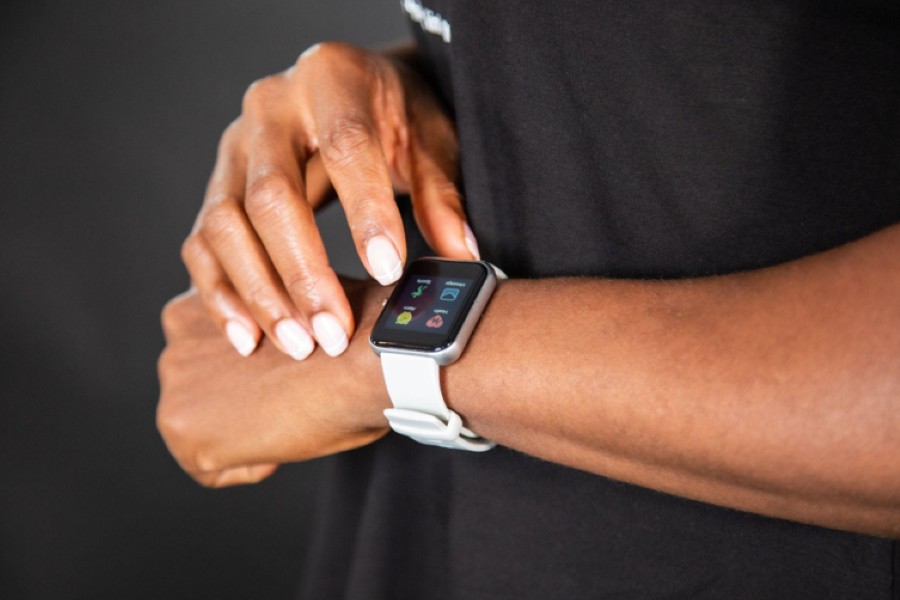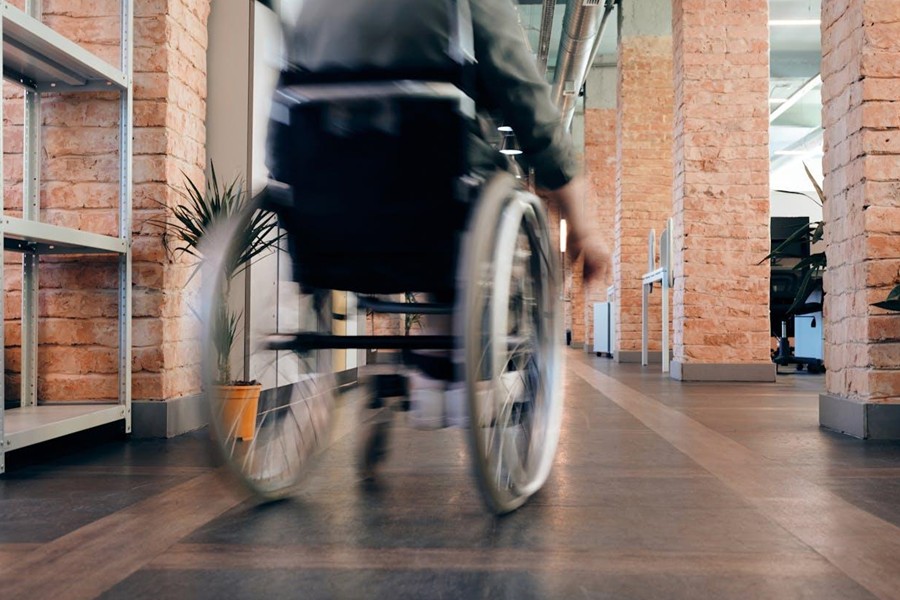
Physical therapy stands as a cornerstone of rehabilitation for those who have suffered injuries, be it through sports, accidents, or chronic conditions.
It is a critical step on the journey to restoring functionality, strength, and mobility. Under the guidance of expert physical therapists, patients embark on personalized treatment plans that not only hasten their recovery but also fortify their bodies against potential future injuries.
Through a combination of targeted exercises, manual therapy, and the utilization of advanced medical technologies, physical therapy helps individuals return to their daily activities with confidence and renewed vigor.
The Role of Personalized Treatment Plans
Individualized care is at the heart of physical therapy. Each patient presents a unique case—distinct in the cause, severity, and location of injury. Consequently, therapists meticulously tailor treatment plans to address specific needs and goals. Personalized plans ensure a focused approach, accelerating progress while mitigating the risk of aggravating the injury. The careful consideration of a patient’s medical history and physical capabilities fosters a rehabilitative environment that is both safe and effective.
An at-home personal training program is often a key feature of personalized treatment plans. This enables patients to continue their journey to recovery in the comfort and familiarity of their own home, while also allowing therapists to monitor progress and make adjustments as needed. If you live in Florida, for example, start by looking up At Home Physical Therapy in Boynton Beach for the best resources and guidance for that location. Also, be sure to consult your physician before starting any at-home exercises.
Not only do personalized treatment plans prioritize the patient’s well-being, but they also empower individuals to take an active role in their recovery. By understanding the reasons behind each exercise and therapy technique, patients gain valuable knowledge about their injury and how best to rehabilitate it. This knowledge not only assists in preventing future injuries but also promotes overall physical wellness.
Importance of Manual Therapy Techniques
Central to the practice of physical therapy is manual therapy—a hands-on approach that aids in reducing pain and improving joint mobility. Techniques such as massage, manipulation, and mobilization allow therapists to directly affect the healing tissues. This tactile intervention facilitates blood flow to the affected area, encourages the healing process, and provides relief from pain or stiffness.
The skilled application of manual therapy techniques is invaluable in helping patients achieve greater ranges of motion and expedite the recovery process. Furthermore, it can also improve overall physical performance and prevent future injuries by addressing underlying biomechanical issues. Keep in mind that manual therapy should only be performed by licensed physical therapists or other trained medical professionals.
Integrating Technology in Physical Therapy
In the modern healthcare landscape, technology has become a pivotal component of physical therapy. Cutting-edge equipment such as biofeedback machines, ultrasound therapy, and electrical stimulation devices enhance the rehabilitation experience. These tools provide precise measurements of a patient’s progress and allow for fine-tuned adjustments to their treatment regime. By leveraging technology, therapists can offer more effective treatments, yielding better outcomes and often reducing the time needed for recovery.
Additionally, technology also plays a vital role in educating patients and enabling them to actively participate in their rehabilitation. With the use of mobile apps and online platforms, patients can access exercise programs, track their progress, and receive virtual guidance from their therapist. This not only increases patient engagement but also encourages a more comprehensive recovery process.
Education and Preventive Strategies
Education amidst the physical therapy process extends beyond the immediate treatment of an injury. It encompasses learning preventive strategies to avoid future harm, understanding the mechanics of an injury, and knowing the right way to execute movements. Patients benefit from comprehending the principles behind their exercises and the pivotal role of each movement in their recovery. Empowering patients with this knowledge translates to a more mindful approach to their daily activities, reducing the likelihood of re-injury.
As patients educate themselves, they become proactive guardians of their health, integrating the lessons learned into a lifestyle that supports their long-term well-being. This not only promotes a quicker recovery but also fosters healthier habits that can lead to improved physical fitness and performance.
In conclusion, physical therapy is an essential element in the recovery process from injuries, providing patients with customized treatment strategies, hands-on care, and the integration of technology to enhance their healing journey. From personalized treatment plans to manual therapy techniques, and the incorporation of cutting-edge technologies, physical therapy offers a multifaceted approach to health rehabilitation.
Education and preventive strategies further equip patients with the tools and knowledge necessary for not just recovery, but also for the maintenance of long-term health and the prevention of future injuries. Ultimately, by committing to physical therapy, patients are investing in a robust foundation for their body’s strength, mobility, and resilience.
- The Mayor Op-Ed: Updated Financial Plan Prioritizes Working-Class New Yorkers For Safer, Affordable City
- Touro College Of Osteopathic Medicine Student Wins Scholarship Honoring Black And Hispanic/Latinx Students
- bb.q Chicken Brings ‘Taste Of Korea’ To Democracy Prep In Harlem
- District Council 9 Launches Recruitment For Metal Refiner Apprenticeship Program
- NYC Health Department Releases 2023 Annual Report On Hepatitis A, B, C
Become a Harlem Insider!
By submitting this form, you are consenting to receive marketing emails from: . You can revoke your consent to receive emails at any time by using the SafeUnsubscribe® link, found at the bottom of every email. Emails are serviced by Constant Contact








